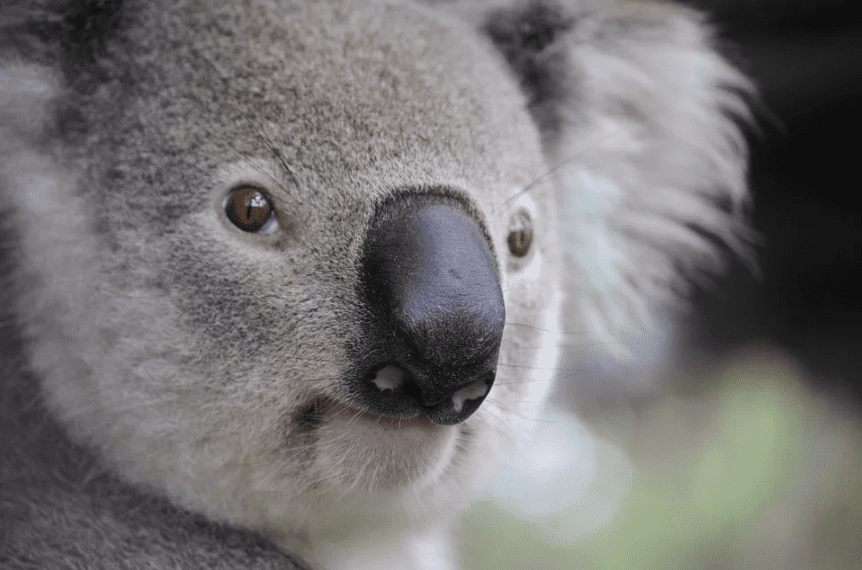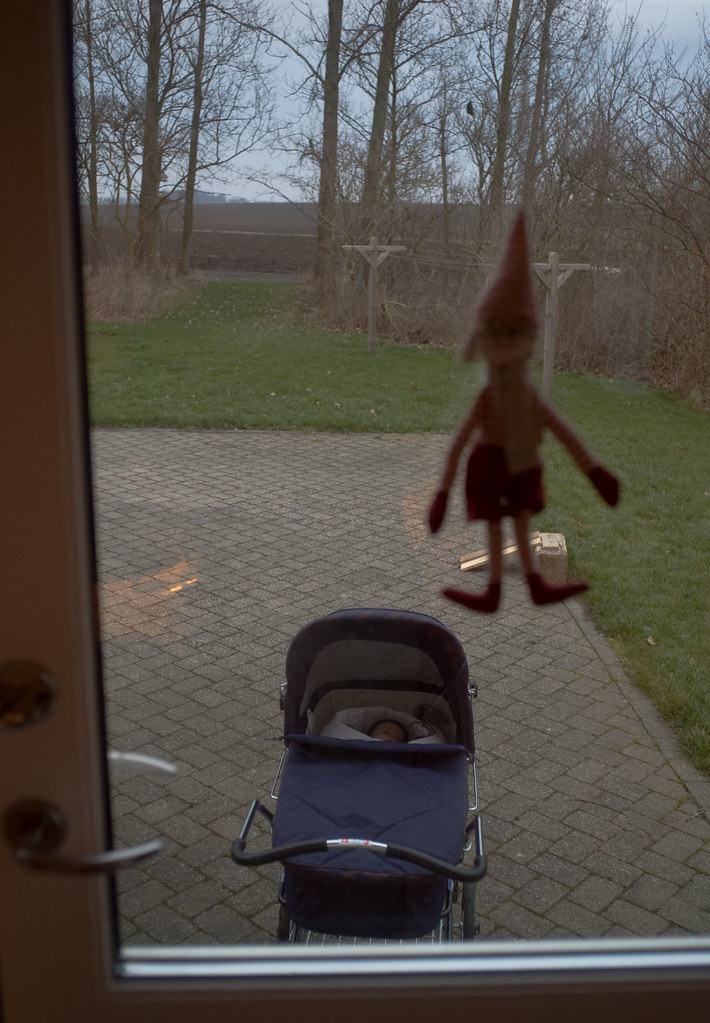This is bad news for all of those kids headed to the nurse’s office, praying their thermometer spits out a temperature of 100 degrees or higher – you’re most likely starting from a point lower than 98.6.
The world’s “normal” body temperature was established back in the 19th century, and though most accept it as a reasonable average, doctors and scientists have always known that variables like gender, size, age, time of day, and other factors can play into the thermometer’s readout.
Recent research, though, shows that not only has the average body temperature dropped since it was established by Carl Reinhold in 1851, it’s dropped significantly just since the 1970s – about 0.05 degrees Fahrenheit per decade, based on your birth year, explains Dr. Julie Parsonnet.
“People are stuck on the 98.6 number, but that number has always been wrong. There’s never been a real number because people vary.”
Also, Parsonnet and others involved in the study aren’t afraid to admit that there are still variables that remain unknown, as well. They looked at the temperatures of three groups of data – one from a study of Civil War veterans’ as they returned from war, another from a CDC record from the 1970s, and a third of Stanford health clinic patients from 2007 to 2017.
Men born in the 2000s typically run about 1.06 degrees Fahrenheit lower than men born in the early 1800s. For women, they’re running around 0.58 degrees Fahrenheit lower than women born in the 1890s.
The researchers say it’s unclear what’s causing the continued decline, or what it could mean for our health moving forward. That people have grown both taller and heavier, and that metabolic rates have slowed, likely all factor in.
The fact that a good portion of the population in the mid-19th century could have been fighting diseases like syphilis, tuberculosis, and periodontal disease also means infections (and fevers) may have been raising the average.
Doctors like Dr. Edward Ward, an emergency medicine physician at Rush University Medical Center, say that for now, the information won’t change they way they assess and treat patients.
“It’s not surprising that there will be changes (in normal body temperature) since the Industrial Revolution. As an ER doctor, I’m looking for abnormalities. …there’s a difference between having what is medically considered having a fever and feeling feverish. If someone is normal 96 and then suddenly they’re 99, they probably feel uncomfortable.”
Parsonnet and her team echoed the sentiment, stating that how you feel is more important than the numbers on your thermometer.
That said, they are excited to follow the research further.
“We are having human cooling, and we don’t know what that means, but its’ good to know that it’s happening.”
Until we know more, trust your instincts out there. You know your body better than anyone else, and if you feel like you’re ill or feverish, stay home until you feel better.
If you’re a kid, you could try printing off this research for your school’s nurse, but no promises.
The post Experts Claim That 98.6 Is No Longer Reliably the Average Body Temperature appeared first on UberFacts.












 Erica Lewis (@a.lewis.life)
Erica Lewis (@a.lewis.life)



 Más de 350 animales llegan cada año a las costas argentinas con plásticos en su organismo… + INFO https://www.desarrollozonal.com #DZ #MundoMarino #Ciencia #Estudio #Oceano #ElPais
Más de 350 animales llegan cada año a las costas argentinas con plásticos en su organismo… + INFO https://www.desarrollozonal.com #DZ #MundoMarino #Ciencia #Estudio #Oceano #ElPais

 Would we still buy into all this nonsense if we fully realized that we are destroying ourselves, all living beings and our planet? What if we only have few years to live? Would we contemplate life and death? Seek reconciliations between peoples with different religions, nations, genders, classes, generations?
Would we still buy into all this nonsense if we fully realized that we are destroying ourselves, all living beings and our planet? What if we only have few years to live? Would we contemplate life and death? Seek reconciliations between peoples with different religions, nations, genders, classes, generations?  Let's make universal love our compass.
Let's make universal love our compass.  #universalconsciousness
#universalconsciousness

 Harvested today, this one’s on the small side but if left they can get huge xx . . #parsley #winterveg #winterveggies #rootvegetables #vegetarian #pescatarian #vegan #plantbased #allotment #allotmentlove #allotmentlife #allotmentgarden #countryliving #growyourownfood #eatwhatyougrow #mykitchengarden #myediblegarden #organic #urbanorganicgardener #kelloggarden #urbangarden #urbangardener #raisedbedgarden #growninsussex #growveggies #growyourownveggies #lovegardening #gardenlove #outdoorliving
Harvested today, this one’s on the small side but if left they can get huge xx . . #parsley #winterveg #winterveggies #rootvegetables #vegetarian #pescatarian #vegan #plantbased #allotment #allotmentlove #allotmentlife #allotmentgarden #countryliving #growyourownfood #eatwhatyougrow #mykitchengarden #myediblegarden #organic #urbanorganicgardener #kelloggarden #urbangarden #urbangardener #raisedbedgarden #growninsussex #growveggies #growyourownveggies #lovegardening #gardenlove #outdoorliving #parsley #gardenthings #homegrown
#parsley #gardenthings #homegrown

















